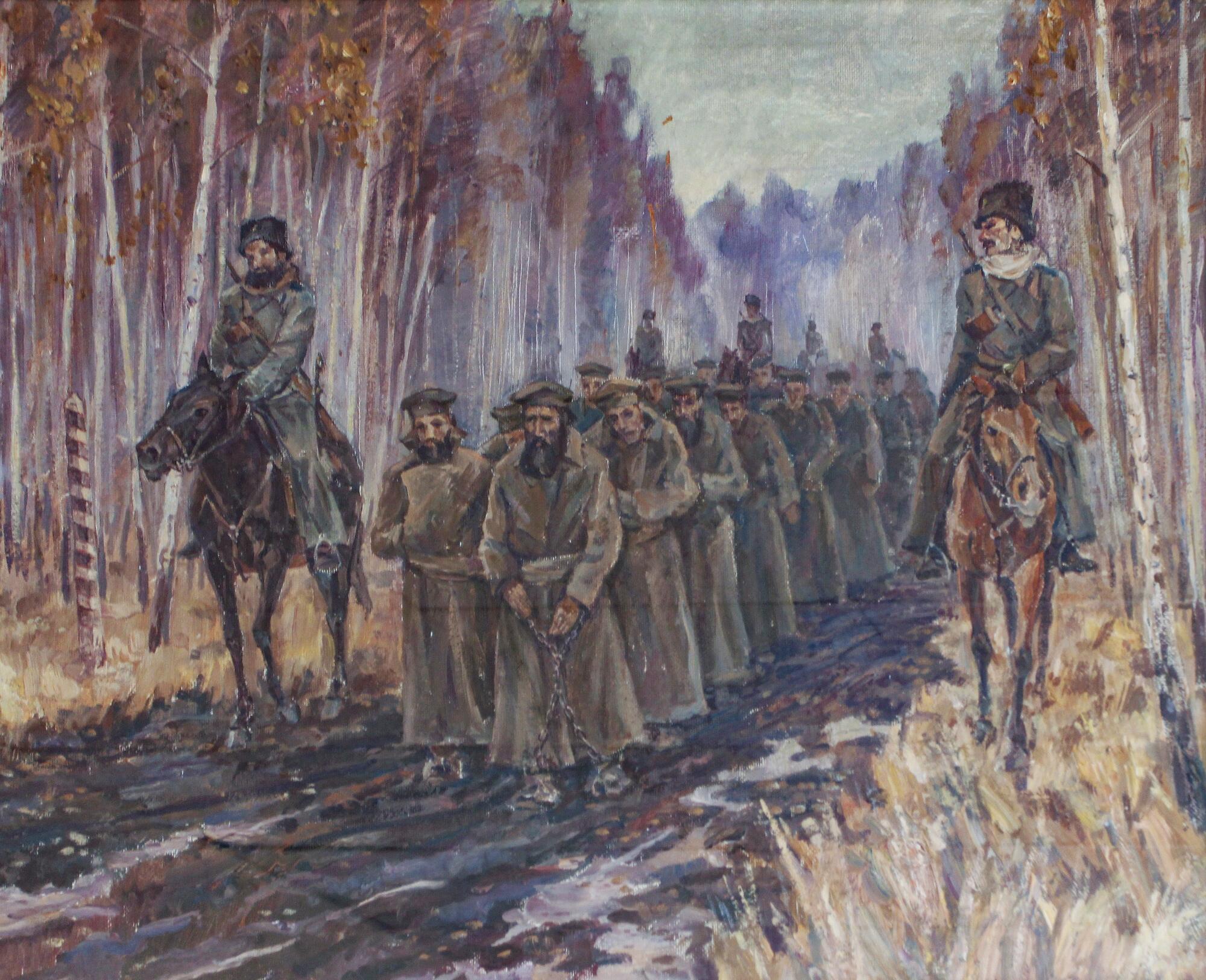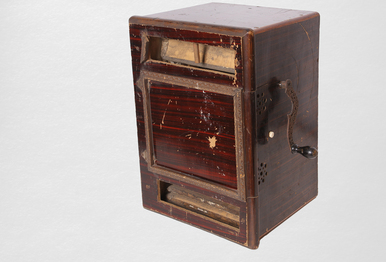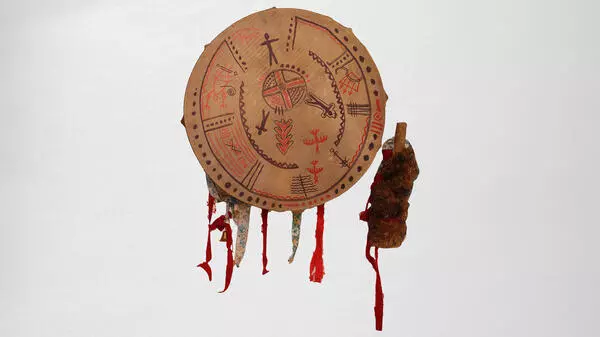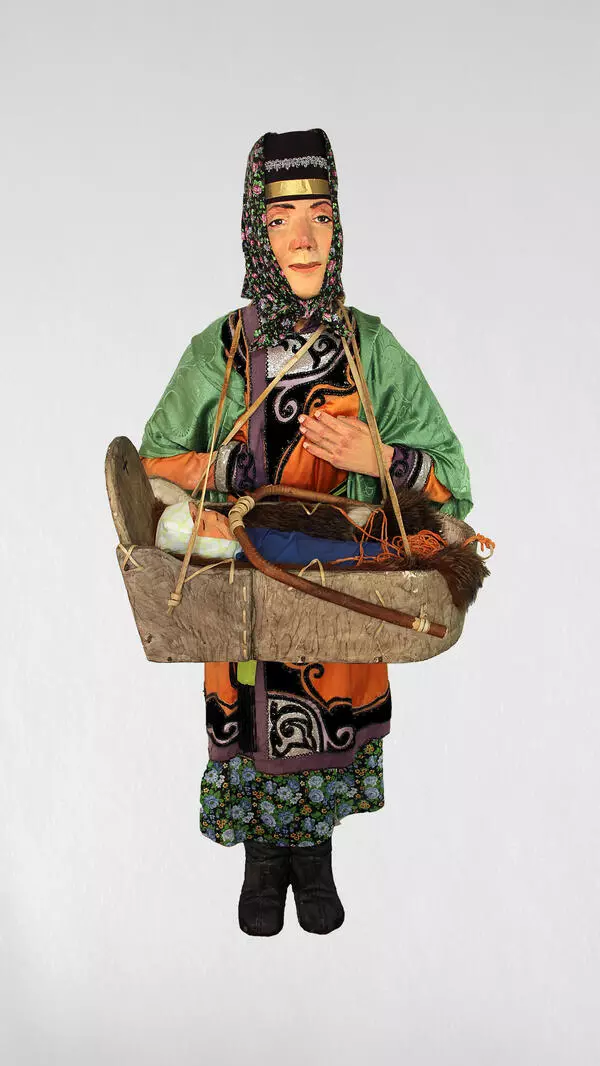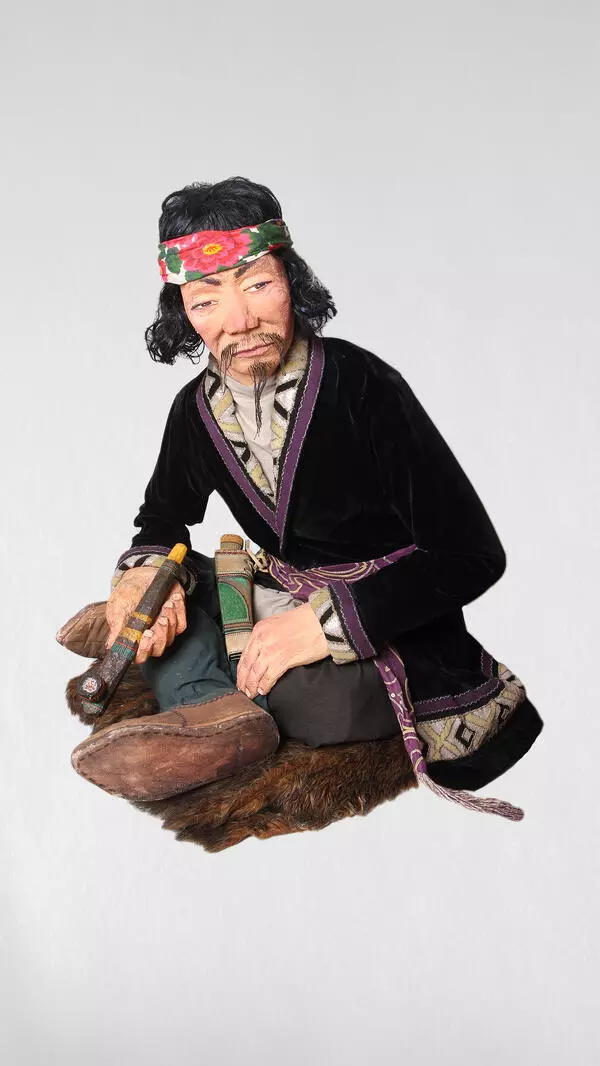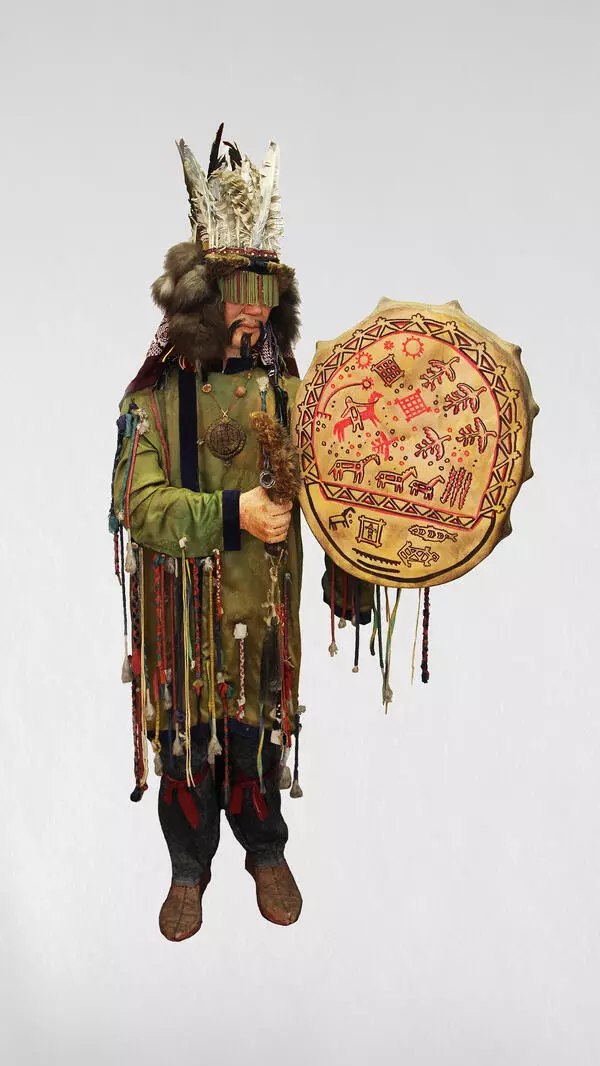The history of Mariinsk began with the construction of the Great Siberian Route. According to the Imperial decree, the road construction should be started in 1689, but in fact, the road laying began only in 1773, after the order of Russian Empress Anna Ioanovna. The Route connected the West of Russia with the Syberia and the Far East. Prior to the Trans-Siberian Railway in the second half of the 1890s, the Route was the main transport link in Russia.
The first men who used the route were the settlers, craftsmen, and travelers. Later, Siberia as the most remote part of the Russian Empire was used for exile and hard-labor penalty.
Convicts had to march down the Route despite the weather conditions. It was divided into equal parts of 20–25 km (15 miles) where temporary and semi-temporary prisons were situated. Clothes for chained convicts was sewn from coarse fabric. On their feet, they wore foot wrapping, less frequently — bast shoes or worn down boots. During all their way to the penal institution, the convicts were in shackles. As a matter of fact, they were on prisoners’ feet all the time.
The shackle chain was about 1 meter long. It connected two metal cuffs with rivets. Hand and feet shackles were worn by the unsavory prisoners that were prone to escape. Also, gendarmes used handcuffs as well.
On the average, leg shackles weighed about 13 kg. The chains consisted of bigger chain links so the prisoners could not hang themselves. To prevent the chain from dragging on the ground it was tied to the waist belt.
The first men who used the route were the settlers, craftsmen, and travelers. Later, Siberia as the most remote part of the Russian Empire was used for exile and hard-labor penalty.
Convicts had to march down the Route despite the weather conditions. It was divided into equal parts of 20–25 km (15 miles) where temporary and semi-temporary prisons were situated. Clothes for chained convicts was sewn from coarse fabric. On their feet, they wore foot wrapping, less frequently — bast shoes or worn down boots. During all their way to the penal institution, the convicts were in shackles. As a matter of fact, they were on prisoners’ feet all the time.
The shackle chain was about 1 meter long. It connected two metal cuffs with rivets. Hand and feet shackles were worn by the unsavory prisoners that were prone to escape. Also, gendarmes used handcuffs as well.
On the average, leg shackles weighed about 13 kg. The chains consisted of bigger chain links so the prisoners could not hang themselves. To prevent the chain from dragging on the ground it was tied to the waist belt.
Although, if a prisoner had the intention to take his own life, the belt wasn’t given to him. Therefore, the chain was carried in the hands or dragged on the ground. According to the survived prisoner’s records:
